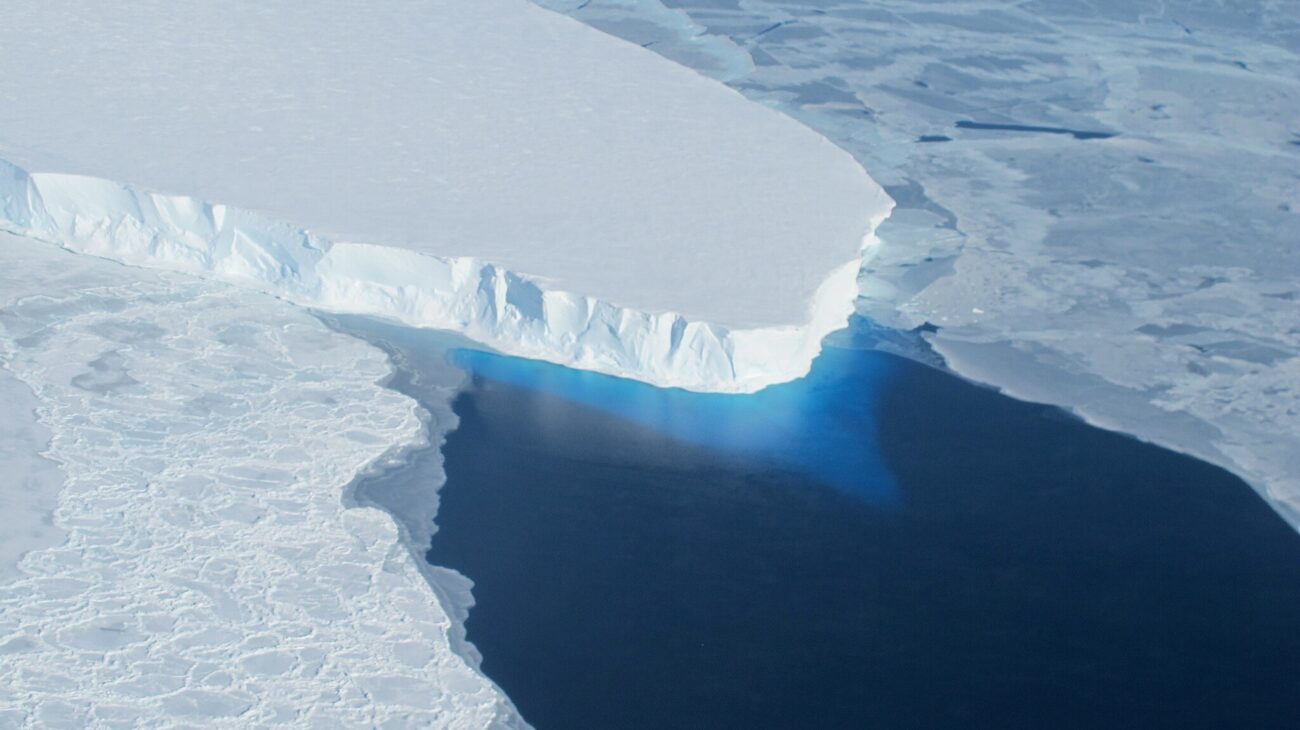Applied Sciences, Vol. 15, Pages 8071: Two Decades of Groundwater Variability in Peru Using Satellite Gravimetry Data
Applied Sciences doi: 10.3390/app15148071
Authors:
Edgard Gonzales
Victor Alvarez
Kenny Gonzales
Groundwater is a critical yet understudied resource in Peru, where surface water has traditionally dominated national assessments. This study provides the first country-scale analysis of groundwater storage (GWS) variability in Peru from 2003 to 2023 using satellite gravimetry data from the Gravity Recovery and Climate Experiment (GRACE) and GRACE Follow-On (GRACE-FO) missions. We used the GRACE Data Assimilation-Data Mass Modeling (GRACE-DA-DM GLV3.0) dataset at 0.25° resolution to estimate annual GWS trends and evaluated the influence of El Niño–Southern Oscillation (ENSO) events and anthropogenic extraction, supported by in situ well data from six major aquifers. Results show a sustained GWS decline of 30–40% in coastal and Andean regions, especially in Lima, Ica, Arequipa, and Tacna, while the Amazon basin remained stable. Strong correlation (r = 0.95) between GRACE data and well records validate the findings. Annual precipitation analysis from 2003 to 2023, disaggregated by climatic zone, revealed nearly stable trends. Coastal El Niño events (2017 and 2023) triggered episodic recharge in the northern and central coastal regions, yet these were insufficient to reverse the sustained groundwater depletion. This research provides significant contributions to understanding the spatiotemporal dynamics of groundwater in Peru through the use of satellite gravimetry data with unprecedented spatial resolution. The findings reveal a sustained decline in GWS across key regions and underscore the urgent need to implement integrated water management strategies—such as artificial recharge, optimized irrigation, and satellite-based early warning systems—aimed at preserving the sustainability of the country’s groundwater resources.
Source link
Edgard Gonzales www.mdpi.com

